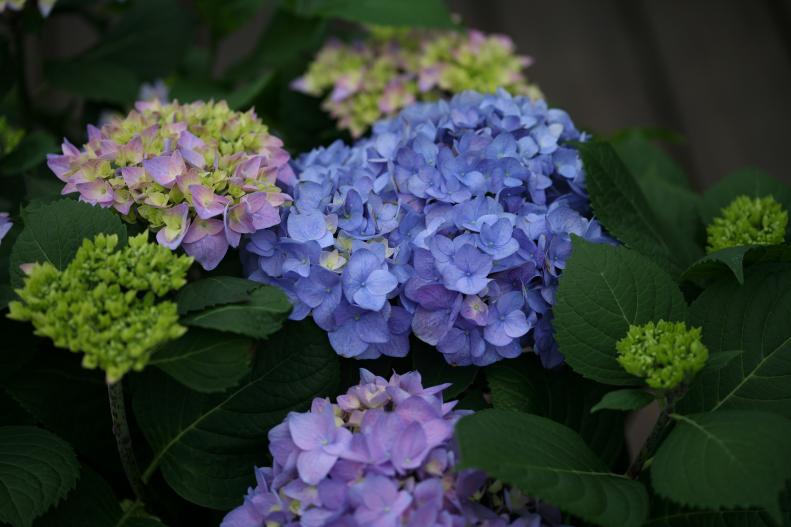Foolproof Plants
All gardeners know the excitement of planting something new in the garden, followed by disappointment if the plant doesn't make it. There are several things you can do to guard against this possibility. Make sure you plant your shrub in the best position in your garden with its light and drainage needs accounted for and make sure the soil in your garden or container is healthy and balanced. And, most importantly perhaps, make sure the shrub you are choosing will thrive by cross-checking it with your USDA Plant Hardiness Zone. But there is one additional step you can take to give a new shrub its best chance at survival and that is choosing one that has been proven hardy, easy to care for and with the best chances at being in your garden for the long haul.
First up: One of the garden's most resilient shrubs, hydrangeas offer bountiful flowers (perfect for cutting) on sturdy stems and tolerate a variety of soils, as with this beauty (pictured), 'Let's Dance Rhapsody Blue,' a reblooming bigleaf hydrangea with a compact habit.









